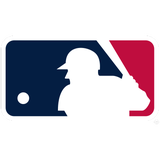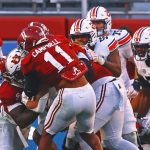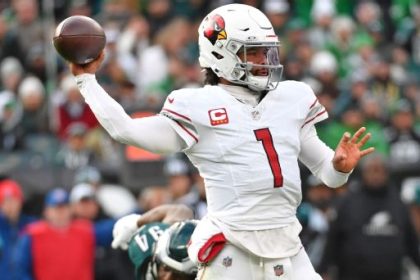Across Arizona and Florida, major-leaguers are already trickling into towns, reporting early to spring training. Intake physicals are required by next week. Games begin the following week. The baseball season is about to begin, and it promises to look notably different than seasons past.
This year, in fact, could mark the most significant shift to the way the sport is played in quite a long time. Baseball has introduced the designated hitter to both leagues, the three-batter minimum, year-round interleague play, and additional playoff spots in recent years, but it is rare for the league to incorporate this many substantive changes at once.
Moving forward: Every team will play each other; a pitch clock will tick down from 15 or 20 seconds between each pitch; the bases will be three square inches larger; and at least two infielders must be on each side of second base when a pitch is delivered while none of the four can stand on the grass when the pitcher is on the rubber.
The schedule, itself, will be sufficiently different enough to warrant examination throughout the season. Consider that in tight-seeming divisions like the National League West, titans like the Dodgers and Padres won’t have nearly as many opportunities to measure themselves against each other. The clock will speed the pace of play and, especially early, force more deliberate players to aggressively adjust to their peers. The (slightly) bigger bases will (slightly) increase steal attempts, and, the league hopes, decrease injuries around the bases.
ADVERTISEMENT
But it is the shift restrictions that feature the potential to most drastically change the on-field product. Already it has altered a number of roster decisions. Sticking with the NL West, the Dodgers’ decision to move Max Muncy to third base and acquire Miguel Rojas as middle-infield insurance illuminates how some evaluators are adjusting.
The Dodgers were happy to have Muncy man second base before; now, he makes far more sense as a third baseman. Rojas does not meet the caliber of hitter typically deployed by the Dodgers, but he certainly meets the defensive threshold in this new era.
And left-handed power pull hitters suddenly seem more promising. The Giants gave Joc Pederson nearly $20 million after a season in which he was worth a little over one WAR. The Twins guaranteed Joey Gallo $11 million after a replacement-level season.
The Twins are a good example of a team that has invested in the idea a new era could be dawning. They traded Luis Arráez to the Marlins last month in part because he does not profile as an adept second baseman given these new constraints. But the Marlins, clearly, are less convinced, given they traded Rojas to the Dodgers, acquired Arráez, and are moving their standout second baseman, Jazz Chisholm Jr., to center field.
This season should demonstrate who was right.
Oh, and don’t forget that an electronic strike zone will be employed in every Triple-A stadium in 2023. That, too, might be coming to MLB soon.
Another extension for the late bloomers
We wrote last week about a mini-trend that appeared to be flourishing: Late-blooming arbitration-eligible players were signing all of the extensions. The Rays signed three such players alone and are reportedly in talks with one more, the Mets inked another, and, now, the Mariners signed one of their own in utilityman Dylan Moore.
Moore, 30, agreed to a three-year deal that buys out one of his free-agent years. He’s guaranteed to receive just shy of $9 million. Like the Rays’ Pete Fairbanks, Yandy Díaz and Jeffrey Springs and the Mets’ Jeff McNeil before him, Moore was not a touted amateur prospect. He received $10,000 to sign when drafted as a college senior, and he did not make his major-league debut until he was 26.
His guarantee obviously pales in comparison to the extension totals that typically garner attention at this time of year, but it also roughly triples the money he’s made in professional baseball thus far.
We have not yet seen any of the extensions that are typically more common this time of year: those in which pre-arbitration players sign for several seasons.
Beltran’s back
Don’t sleep on the potential significance of the Mets bringing back Carlos Beltrán. His role, for now, is reportedly as a special assistant to general manager Billy Eppler, not the managerial job he was once hired to do before his involvement with the Astros’ sign-stealing scandal was revealed. But it’s a big step up from the broadcasting booth, where he worked last season for the Yankees, into the front office.
It immediately becomes easier to envision Beltrán eventually becoming a manager again. It also becomes easier to envision Beltrán earning election into the Hall of Fame while he is working in baseball.
He received votes on almost half of submitted ballots this year. If his reputation rebounds as he works his way back up the organizational totem pole, that total should inch up quickly.
Pedro Moura is the national baseball writer for FOX Sports. He previously covered the Dodgers for The Athletic, the Angels and Dodgers for the Orange County Register and L.A. Times, and his alma mater, USC, for ESPN Los Angeles. He is the author of “How to Beat a Broken Game.” Follow him on Twitter at @pedromoura.
Top stories from FOX Sports:

Get more from Major League Baseball Follow your favorites to get information about games, news and more












